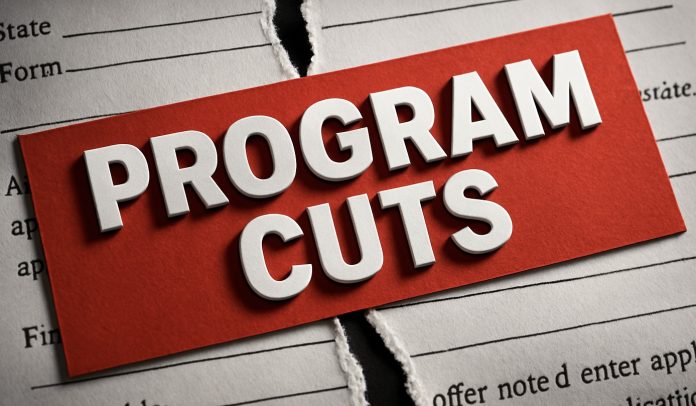New Orleans, LA – Culinary arts programs may soon feel significant pressure from federal student aid reforms going into effect in 2026, potentially limiting access to affordable training for aspiring chefs. Many culinary programs operate as short-term certificates or are housed within for-profit institutions, placing them among the fields most vulnerable under the updated federal performance and borrowing rules.
According to federal guidance, culinary courses that are unaccredited, non-credit, or under 150 clock hours cannot receive federal financial aid. Programs between 150 and 600 hours must now meet strict Workforce Pell standards, requiring a minimum 70% completion rate, 70% job placement rate, and program costs that do not exceed graduates’ value-added earnings measured three years after completion.
Starting July 1, 2026, culinary programs must also pass the “low earnings outcomes” test. Under this federal rule, programs lose access to federal Direct Loans if their graduates earn the same or less than local workers with only a high school diploma for two out of three years. Because entry-level culinary wages—especially in restaurants and hospitality—often fall at or near this threshold, many programs are projected to face compliance challenges.
Schools warn the changes could reduce enrollment and further strain an industry already grappling with staffing shortages.





